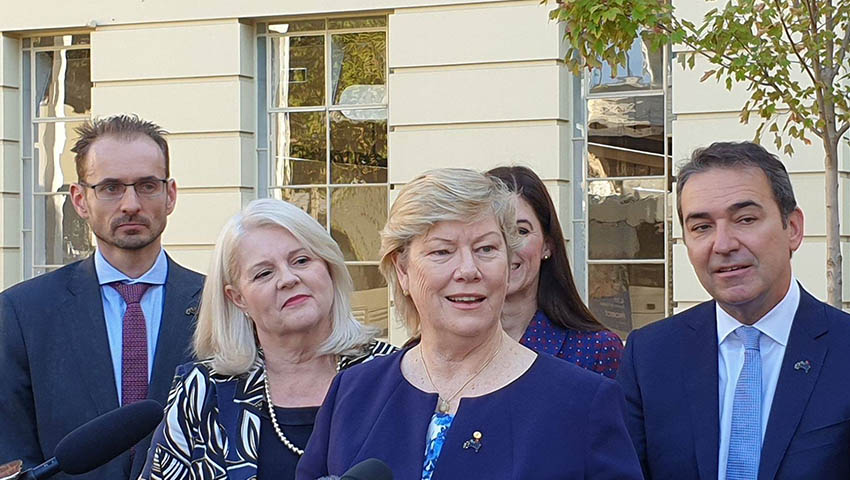“The way we interact with space is changing, and there has been a rapid transformation of the sector in recent years,” she said.
“By updating the regulatory framework, we are improving Australians’ access to space, while continuing to uphold our strong values to ensure safety of activities on Earth and in space.
“These reforms ensure that Australia’s space regulation accommodates technological advancements and does not unnecessarily inhibit innovation in Australia’s space capabilities.”
The updated framework under the Space (Launches and Returns) Act 2018 came into effect at the weekend and sets new rules covering launches from aircraft in flight and launches of high-power rockets.
The act now incorporates three new rules covering general provisions for launches and returns, special provisions for high-powered rockets and insurance requirements.
The Space Agency said these measures streamline the approvals processes and adjust the insurance requirements to appropriate risk levels for launches and returns.
The rules provide further detail and clear information to applicants on requirements they need to meet for Australian space activities.
Under the Space (Launches and Returns) Act 2018, approval is needed to undertake certain space activities in Australia.
That includes launching a space object from Australia, returning a space object to Australia, operating a launch facility in Australia, and launching or returning a space object overseas, if you’re an Australian national with an ownership interest.
The updated framework provides greater clarity and flexibility for the Australian space industry and ensures there is suitable consideration of the need to remove barriers to participation and encourage innovation and entrepreneurship.
The framework also considers safety of space activities and the risk of damage to persons or property and implementation of certain obligations under the UN Space Treaties.
The general rules for launches and returns set out various terms and conditions.
To conduct a launch, the applicant has to provide a range of information, including the intended purpose, description and the rocket and payload and risk hazard analysis.
For example, the holder of a launch permit must notify the Minister at least two days before launch, confirming the date and launch window, alternative launch and the planned trajectory.
After the launch, the permit holder must notify the Minister of orbital parameters of the space object and a report on compliance with the launch safety standards in the Flight Safety Code.
The Space Agency won’t start assessing applications for high-power rocket launches activity until June next year.
So, what does it cost to conduct a launch in Australia? Fees are still under consideration and no fees are currently applicable for an application.
The agency said it would conduct consultations on any rules related to the operation of a fee framework before these are introduced.

